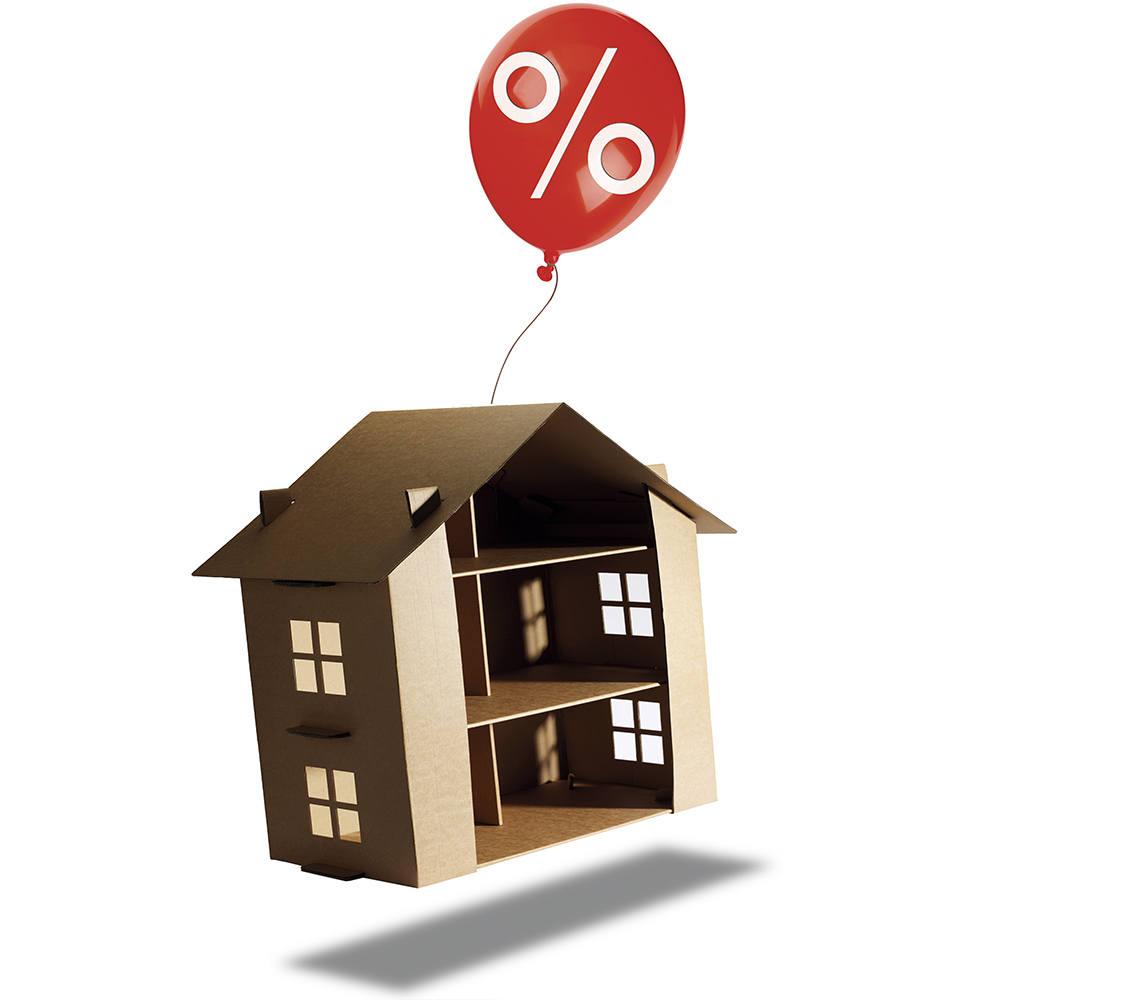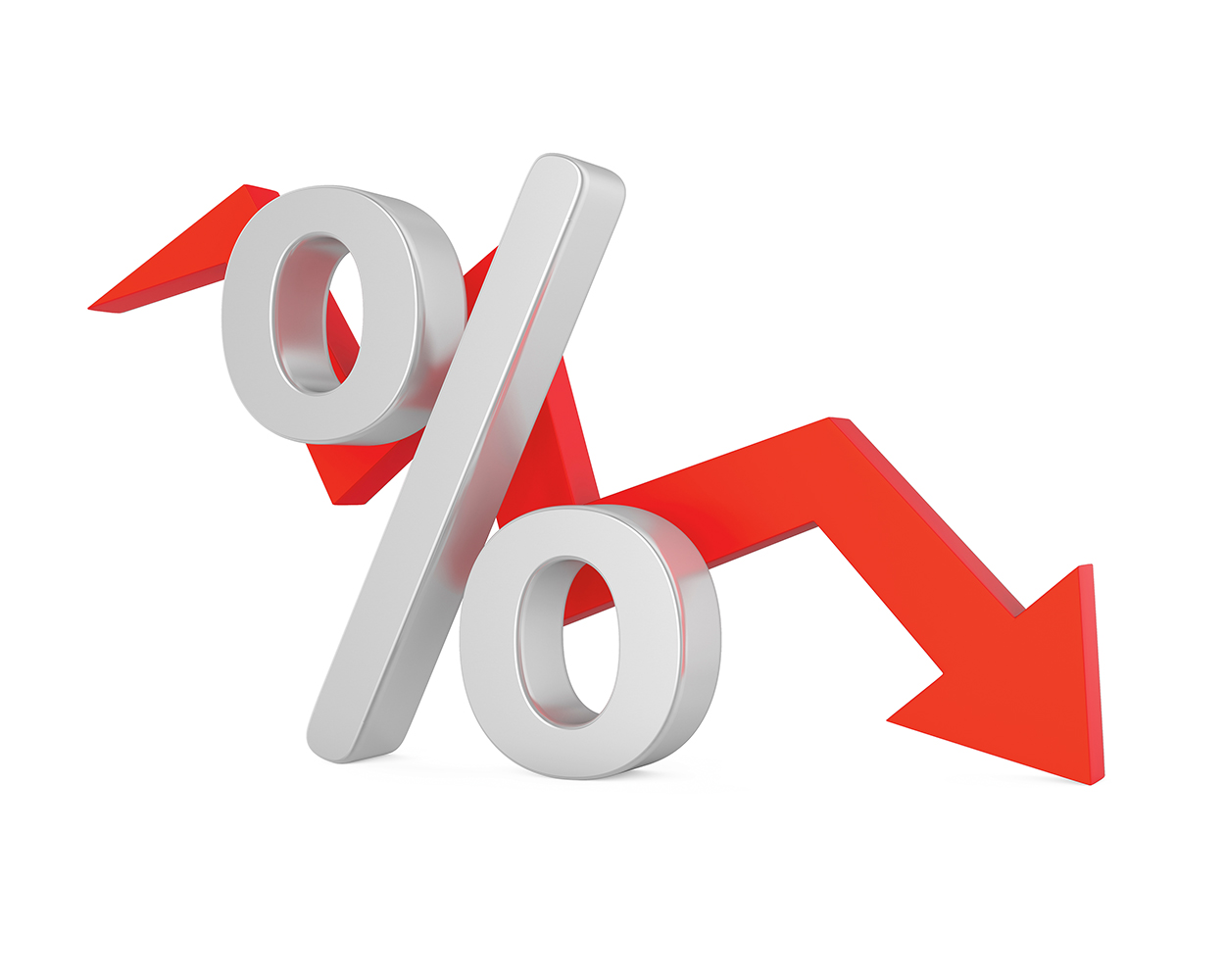The Bank of Canada has raised its key lending rate to 1.5% to account for inflation that’s reached a six-year high
By Matt Smith
A recent Statistics Canada report put the country’s annual inflation rate at 2.5%—the highest in more than six years. The figure reflects rapidly rising consumer prices—particularly for fossil fuels, travel, and mortgage rates. As a result, the Bank of Canada has raised its key lending rate to 1.5%. This is an increase of 0.25% over the previous figure, and the fourth rate hike in about a year.
These rate increases are an effort by the bank to curb inflation and prevent consumer prices from getting out of control. The Bank of Canada’s target inflation rate is 2%, which the bank predicts we’ll see again by 2019. According to the bank, Canada’s economy is “close to capacity,” which may indicate that we can expect another interest rate hike later in the year. This is partially to do with economic growth, as the nationwide job market increased by 32,000 positions in June. Statistics Canada is also reporting an increase in retail trade, with higher sales at car dealerships and gas stations. On the other hand, the ongoing tariff dispute with the United States means economic uncertainty for the time being.
This all amounts to bad news for borrowers. All of the major banks raised their prime rate to 3.7%—a 0.25% jump in line with that from the Bank of Canada. Those with variable-rate mortgages and lines of credit will likely be hit the hardest, as any variable rates will go up. (Your credit card shouldn’t be affected—most have fixed rates.) On the other side of the coin, any fixed-income investements may be positively affected. Financial products such as Guaranteed Investment Certificates (GICs) often see increased returns when the interest rate rises.
Photo: iStock/rgbdigital.






